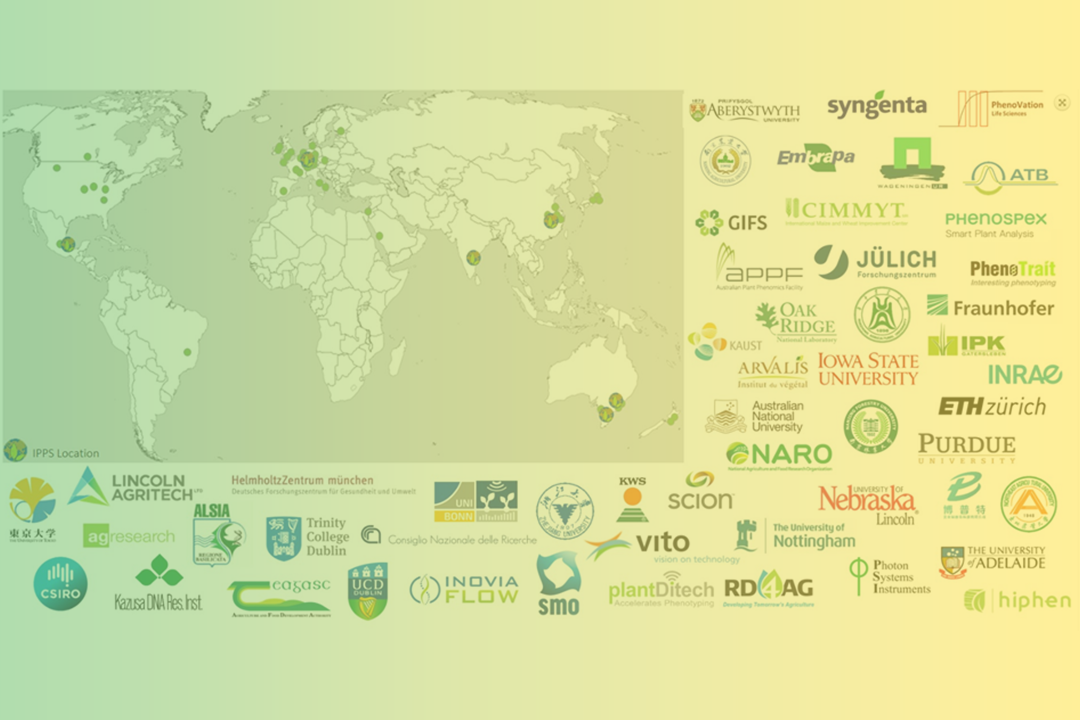Image courtesy of IPPN
The International Plant Phenotyping Network (IPPN) is currently the most representative organisation for innovation in phenotyping, bringing together scientists from different countries, from greenhouses to open fields. However, most of the current IPPN members are mainly located in developed countries such as the USA, Europe or China. A large part of the agricultural research community based in developing countries is left out of the plant phenotyping revolution. The potential of high-throughput phenotyping may be strong in these countries, which are more open to making quantum leaps in their processes. So is HTP the next smartphone revolution?
In our opinion, three elements are currently under-explored and would be essential to make our research more inclusive: improving the localisation of the phenotyping tool, including not only the translation of the pipeline and procedures from English into local languages, but also the adaptation of the protocol to the local culture. Similarly, the tendency to rely on cloud-based tools in developed countries needs to be replaced by local computing capabilities for greater resilience in the event of internet or power shortages. Finally, close integration with the local breeding programme is essential to provide the required phenotypic target.
Specific funding is needed to develop local capacity, but the potential of breeding and phenotyping is crucial to support these countries in their adaptation to climate change.

